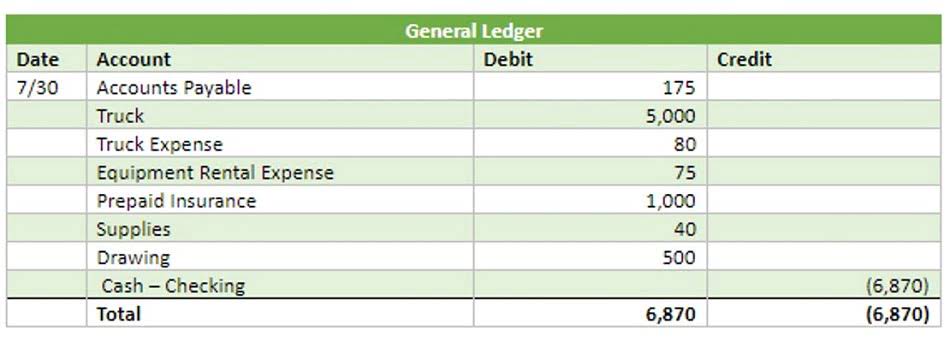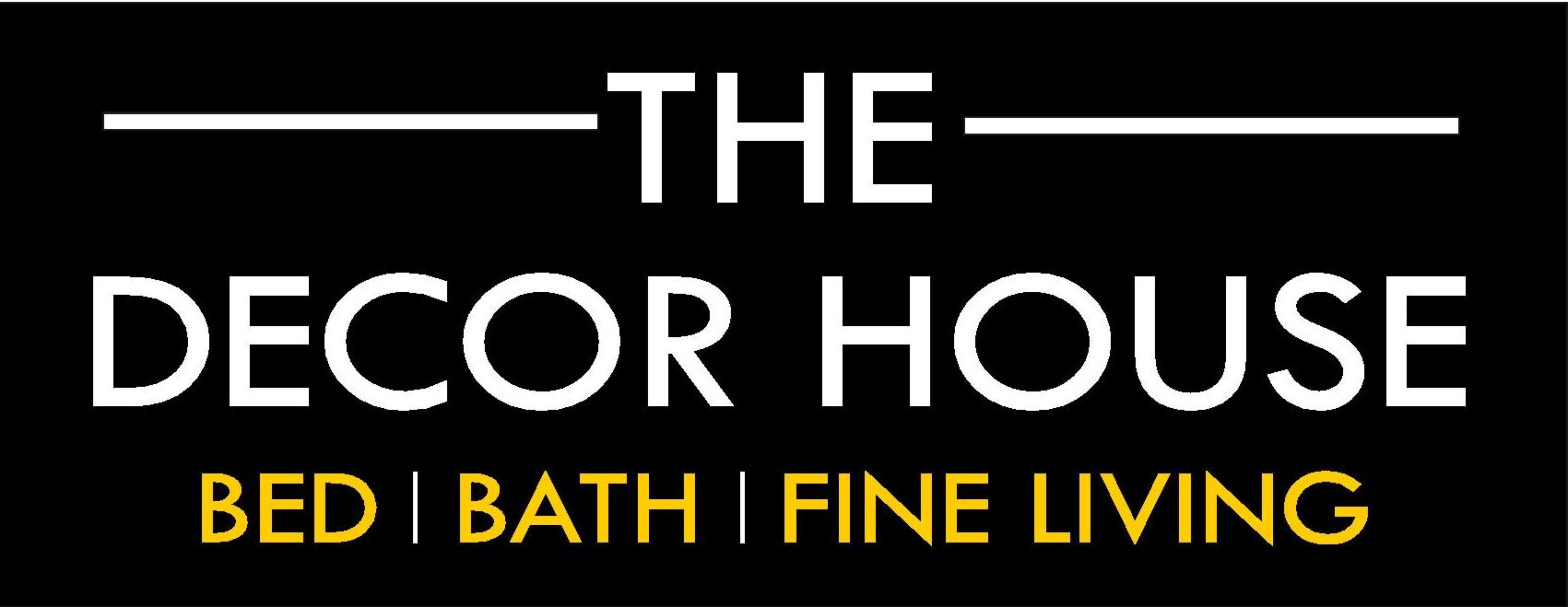
To calculate the present value of the semiannual interest payments of $4,500 each, you need to discount the interest payments by the market interest rate for a six-month period. This can be done with computer software, a financial calculator, or a present value of an ordinary annuity (PVOA) table. The present value (and the market value) of this bond depends on the market interest rate at the time of the calculation. The market interest rate is used to discount both the bond’s future interest payments and the principal payment occurring on the maturity date.

Market Interest Rates and Bond Prices
For investors, they offer a predictable income stream and, depending on the bond’s rating, a relatively low-risk investment option. However, the valuation and accounting for bonds payable can be complex, particularly when it comes to the effective interest method, which aims to account for these financial instruments accurately over time. From an accountant’s perspective, the effective interest method ensures that the financial statements reflect the true cost of borrowing and the assets = liabilities + equity actual return on investment.

What Is the Difference Between the Effective Interest Rate and the Stated Interest Rate?

Since this 9% bond will be sold when the market interest rate is 8%, the corporation will receive more than the bond’s face value. An existing bond’s market value will increase when the market interest rates decrease. An existing bond becomes more valuable because its fixed interest payments are larger than the interest payments currently demanded by the market.
Methods of Amortization of Bond Premium Calculation

Each journal entry must have the dollars of Car Dealership Accounting debits equal to the dollars of credits. Bonds that do not have specific collateral and instead rely on the corporation’s general financial position are referred to as unsecured bonds or debentures. The bond’s total present value of $96,149 is approximately the bond’s market value and issue price. The following T-account shows how the balance in Discount on Bonds Payable will be decreasing over the 5-year life of the bond. Market interest rates are likely to decrease when there is a slowdown in economic activity.
- If the bond is purchased at more than its maturity value, the yield to maturity includes the annual interest minus the loss as the bond decreases from the investment amount to the maturity value.
- This method stands out for its ability to reflect the true economic impact of financial transactions over time, particularly in the context of bond investments.
- The amount of amortization is the difference between the cash paid for interest and the calculated amount of bond interest expense, and at the end of the bond carrying period, the unamortized discount or premium would be zero.
- Over time, the carrying value is adjusted for the interest revenue earned, moving towards the bond’s face value by maturity.
- It’s a testament to the sophistication of modern financial practices and the ongoing pursuit of precision in the financial world.
- A company selling merchandise on credit will record these sales in a Sales account and in an Accounts Receivable account.
From the perspective of an accountant, the effective interest method provides a more accurate reflection of the cost of borrowing over time. It aligns the interest expense with the outstanding liability, which can fluctuate due to market conditions. For auditors, this method ensures that the financial statements present a true and fair view of the company’s financial position, particularly its long-term debt obligations. The $12.50 per year in interest on a $625 investment is still only a 2% return, but when (if) the bond matures 7 years later, the investor also gains an additional $375 over what was paid for the bond.
- This method is widely regarded as the best practice for interest revenue recognition.
- Throughout our explanation of bonds payable we will use the term stated interest rate or stated rate.
- To calculate the present value of the semiannual interest payments of $4,500 each, you need to discount the interest payments by the market interest rate for a six-month period.
- Since a bond’s discount is caused by the difference between a bond’s stated interest rate and the market interest rate, the journal entry for amortizing the discount will involve the account Interest Expense.
To calculate amortization using the effective interest method, one must first determine the bond’s effective interest rate, which is derived from the bond’s yield to maturity. This rate is then applied to the bond’s carrying amount at the beginning of each period to compute the interest expense. The carrying amount is the bond’s face value adjusted for any unamortized premium or discount. This calculation ensures that the interest expense reflects the true economic cost of the bond. When a discounted bond is sold, the amount of the bond’s discount must be amortized to interest expense over the life of the bond.
- Therefore, the bond discount of $5,000, or $100,000 less $95,000, must be amortized to the interest expense account over the life of the bond.
- The effective interest rate calculation is commonly used in relation to the bond market.
- Recall that this calculation determined the present value of the stream of interest payments.
- The market value of an existing bond will fluctuate with changes in the market interest rates and with changes in the financial condition of the corporation that issued the bond.
- In effect, because the bonds were issued at a premium and the business received more cash than the par value of the bonds, the cost (interest) to the business is reduced each period by the amount of the premium amortized.
- The table starts with the book value of the bond which is the face value (250,000) less the discount on bonds payable (8,663), which equals the amount of cash received from the bond issue (241,337).
Creating Your Own Amortization Table
If a company’s stock is publicly traded, earnings per share must appear on the face of the income statement. Below is a comparison of the amount of interest expense reported under the effective interest rate method and the straight-line method. Note that under the effective interest rate method the interest expense for each year is increasing as the book value of the bond increases. Under the straight-line method the interest expense remains at a constant amount even though the book value of the bond is increasing. The accounting profession prefers the effective interest rate method, but allows the straight-line method when the amount of bond discount is not significant.
An effective Interest rate method of amortization, on the other hand, gives decreasing interest expenses over time for premium bonds. In simple words, expenses decrease when the effective interest rate method is used, the amortization of the bond premium with a decrease in book value under the Effective Interest rate method. This logic seems practical, but the straight-line method is easier to calculate. If the primary consideration is to defer current income, the Effective Interest rate method should be chosen to amortize the premium on bonds.
The principal payment is also referred to as the bond’s maturity value or face value. As we had seen, the market value of an existing bond will move in the opposite direction of the change in market interest rates. The effective interest rate is a more accurate figure of actual interest earned on an investment or the interest paid on a loan.

Add Comment